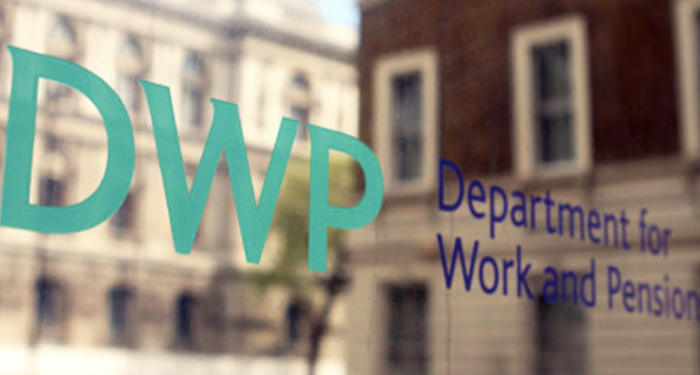Opt out rates for auto-enrolment remain low, despite last April’s increase in contribution rates, according to the latest data published by the Department of Work and Pensions.
Its Automatic Enrolment Evaluation Report (2019) found there had been a slight increase in the number of workplace pension savers who stoped contributing in the first quarter of the 2019/20 tax year, when compared to the previous year.
However this figure remained low, rising from 0.72 per cent to 0.76 per cent during this period.
The report adds that 87 per cent of eligible employees now contribute to a workplace pension, up from 55 per cent in 2012. (This data is to the end of 2018, so does not take into account the more recent AE rise.)
New findings also show that in 2019, the majority (62 per cent) of private sector employers currently had some form of workplace pension provision, up from 47 per cent in 2017. These organisations employ 94 per cent of all private sector employees.
The People’s Pension director of policy Gregg McClymont says: “It’s encouraging to see that opt-out rates remain low, following last April’s increase in contribution rates and that saving for a pension has become the ‘norm’ for more than three quarters of those surveyed by the DWP.
“While AE has been a great success so far, the Government must provide a timeline for when it will act on its own recommendations to reduce the eligibility age from 22 to 18 and make contributions count from the first pound earned. Reducing the earnings threshold from £10,000 to £6,240 should be a priority too.
“There are millions of under-pensioned workers who can only be helped by these changes to policy.”
Aegon’s head of pensions Kate Smith adds: “Workplace pensions are the basis of many people’s retirement income and have been a successful catalyst for employees to begin saving and employers across the spectrum to contribute to auto enrolment schemes.
“AE can now be considered the ‘social norm’ across all eligible groups and occupations.In particular it has been a massive step in the right direction to kick start pension saving for young workers and lower paid workers.
“It is pleasing that participation rates have increased substantially for those aged between 22-29, more than doubling to 85 per cent over the eight years since the introduction of auto enrolment. Those earning between £10,000 and £20,000 have also benefitted with 81 per cent participating, an increase of 47 per cent since 2012.”
She adds that, as expected those that earn higher salaries, between £50-£60k, have the highest participation rate, at 93 per cent. Gender wise, slightly more women are saving than men, 88 per cent compared to 86 per cent.
Smith adds: “Despite the good news it’s important that we’re not lulled into a false sense of security. Helping people achieve the lifestyle they want in retirement means including more groups that are still currently excluded, particularly low earning women and the self-employed.”
She adds that many people also need to pay in more to ensure a better standard of living in retirement.
The DWP report also shows that at the end of March 2019, National Employment Savings Trust (Nest) membership stood at 7.9m members. This scheme is used by over 720,000 employers.
The post Govt figures show AE opt-outs remain low appeared first on Corporate Adviser.



